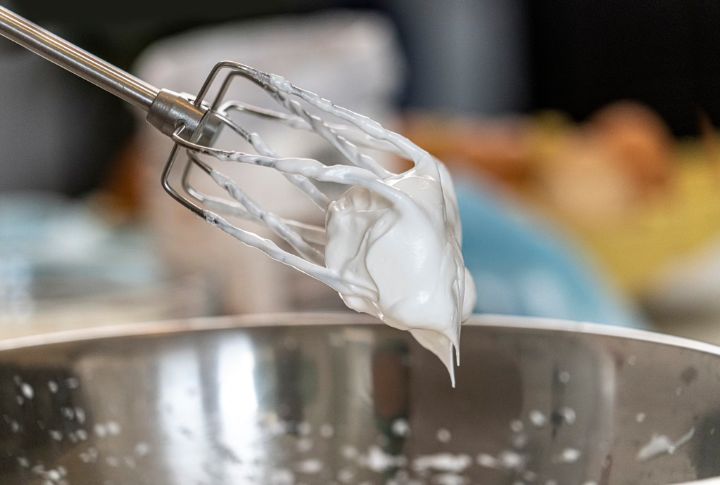
A great buttercream can take any cake from good to unforgettable. The right balance of texture and flavor makes all the difference, but achieving that perfect consistency isn’t always easy. Small adjustments can transform an average frosting into a smooth, fluffy delight. Try these simple tricks to make your buttercream taste better and feel just right.
Use Heavy Cream
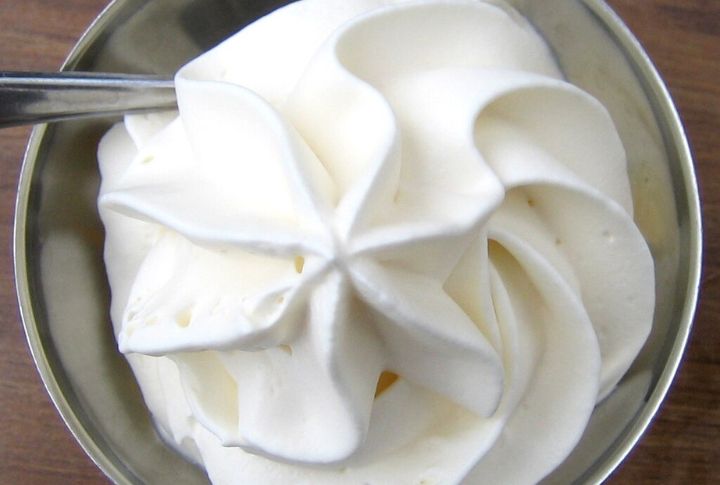
Did you know that adding heavy cream makes buttercream feel like a soft, pillowy cloud? Heavy or double cream has a higher fat content than milk, which helps trap air during mixing for a fluffier, more stable frosting. Professional bakers swear by this trick to achieve a light yet structured texture that holds up beautifully on cakes and cupcakes.
Whip Longer
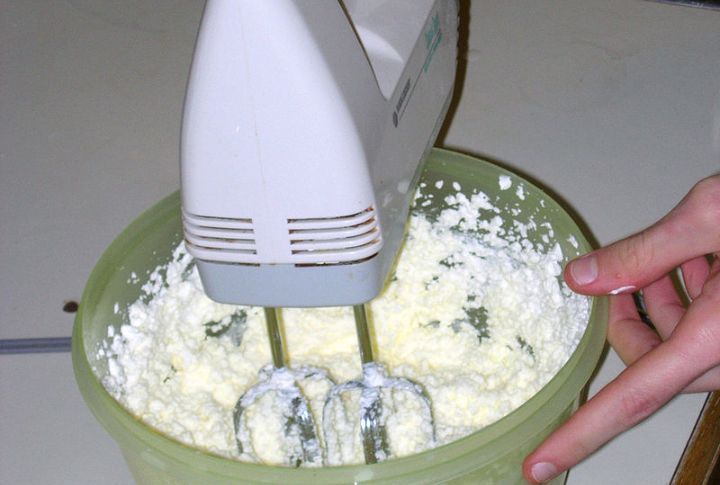
A few extra minutes of whipping can work wonders! Two to three extra minutes of beating at medium-high speed allow more air to incorporate for a mousse-like texture. This technique works especially well with American buttercream and makes it less dense and easier to spread while the cream on your baked goods stays smooth and fluffy.
Add A Pinch of Salt
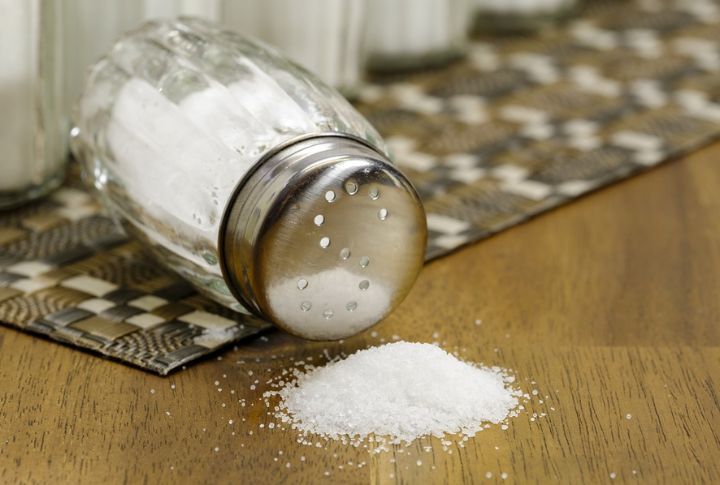
A sprinkle of salt may sound unusual, but it’s a secret weapon for perfecting buttercream. Salt neutralizes excessive sweetness while it naturally enhances the overall depth of flavor. Pastry chefs often use a pinch of fine sea salt or even fleur de sel in chocolate or caramel-infused buttercream to boost the taste to gourmet levels.
Use Room Temperature Butter
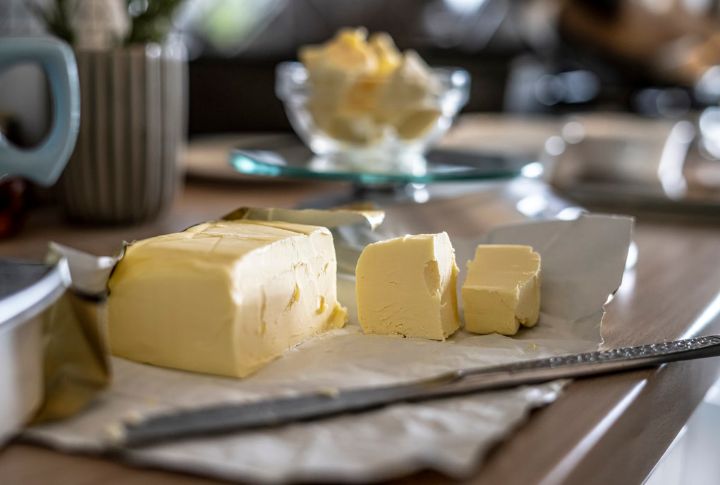
Temperature control is everything when you make buttercream. Butter should be around 65°F (18°C) to cream properly—too cold, and the frosting turns lumpy, too warm, and it melts. Many bakers use a quick touch test: press the butter, and if it leaves a slight indent without feeling greasy, it’s just right!
Infuse With Extracts Beyond Vanilla
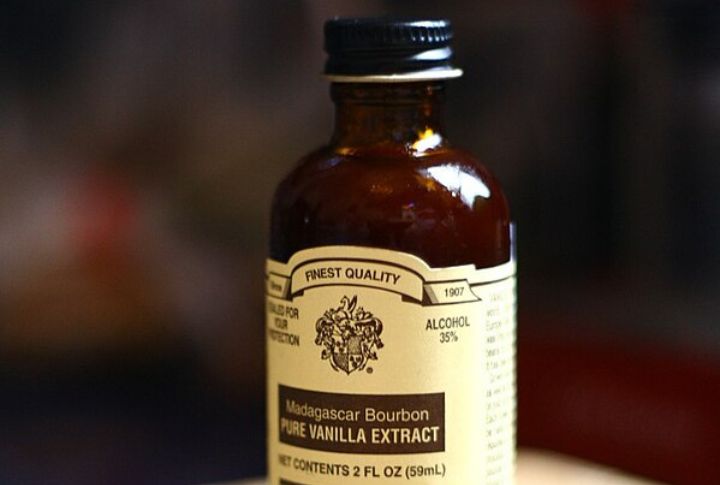
Vanilla is a staple, but experimenting with extracts opens up a world of flavors. A quarter teaspoon of almond extract can add a warm, nutty aroma, while citrus extracts like lemon or orange create a refreshing zing. Some high-end patisseries even blend floral extracts such as lavender for a sophisticated gourmet twist.
Replace Sugar With Sweet Syrup
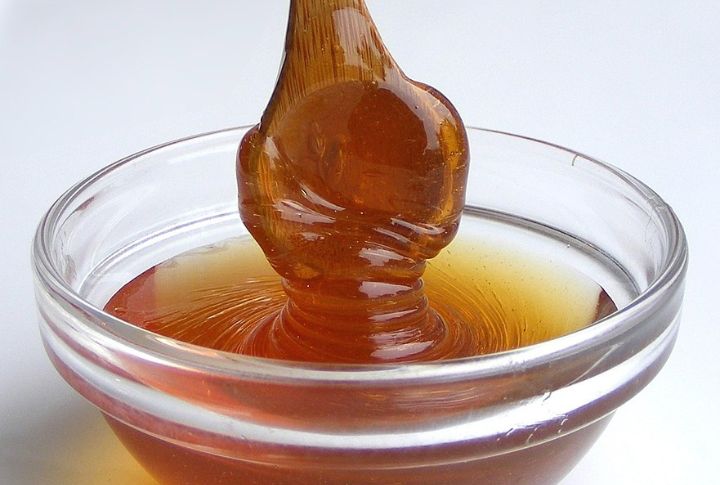
Powdered sugar does the job, but liquid sweeteners like honey and maple syrup add complexity and a smoother consistency. Honey has natural humectant properties that keep frosting moist for longer, while maple syrup contributes caramel-like undertones. But beware—too much liquid can throw off the buttercream’s structure!
Incorporate Melted Chocolate
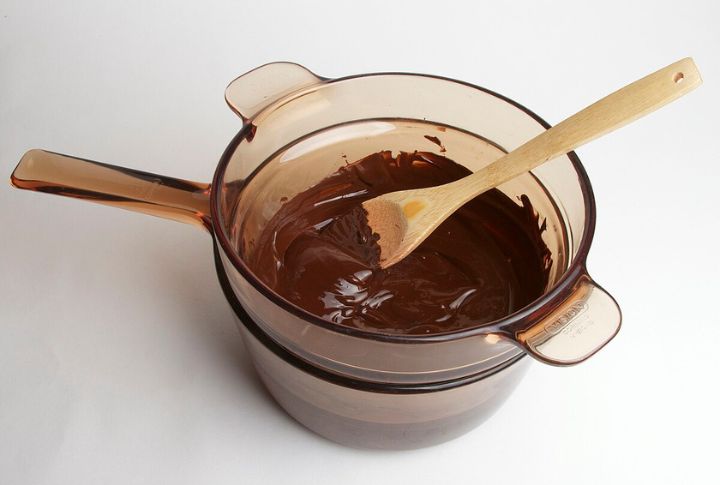
Stirring in four ounces of melted, cooled dark chocolate per batch intensifies richness while maintaining a silky texture. White chocolate can also be used for a creamy, subtly sweet buttercream that pairs beautifully with fruit flavors. Melted chocolate beats cocoa powder when it comes to depth of flavor.
Add Fruit Puree
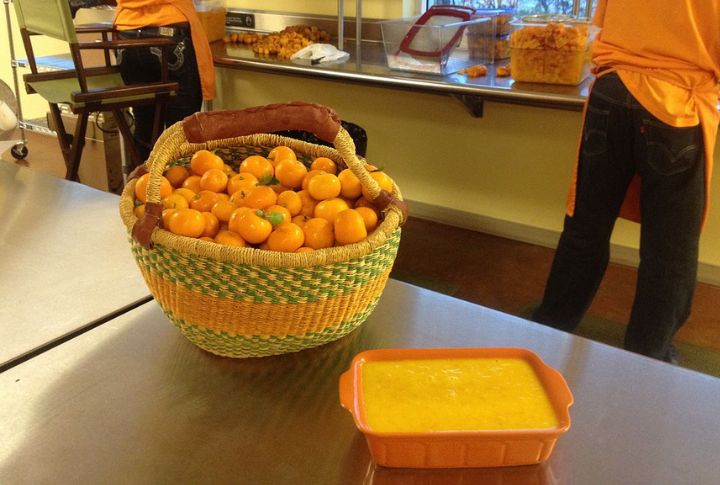
Fruit purees offer natural color and sweetness while it adds a refreshing contrast to buttercream’s richness. Strawberries and mangoes are popular choices, but always strain out seeds and excess pulp to maintain smoothness. Since fresh fruit adds moisture, use only a few tablespoons per batch to avoid making the frosting too runny.
Mix In Cream Cheese
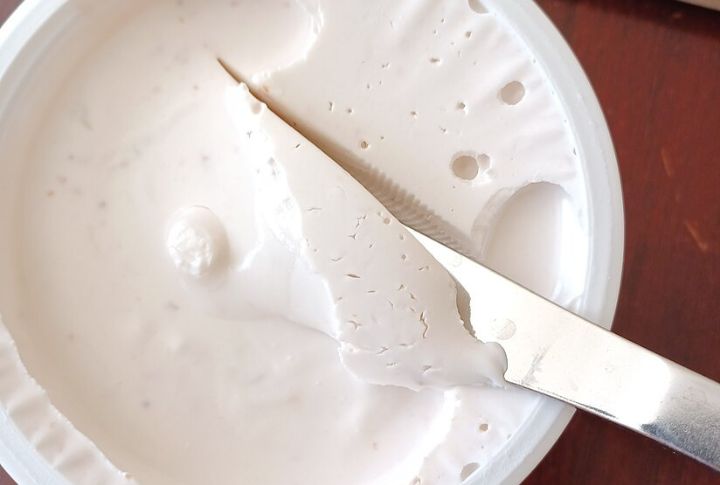
Cream cheese buttercream isn’t just for red velvet. A quarter cup of softened cream cheese blended into buttercream provides a tangy contrast that beautifully balances sweetness. This trick is a favorite for spiced cakes, carrot cakes, and citrus-flavored bakes, giving them a signature zing with a creamy finish.
Swap Butter With Shortening
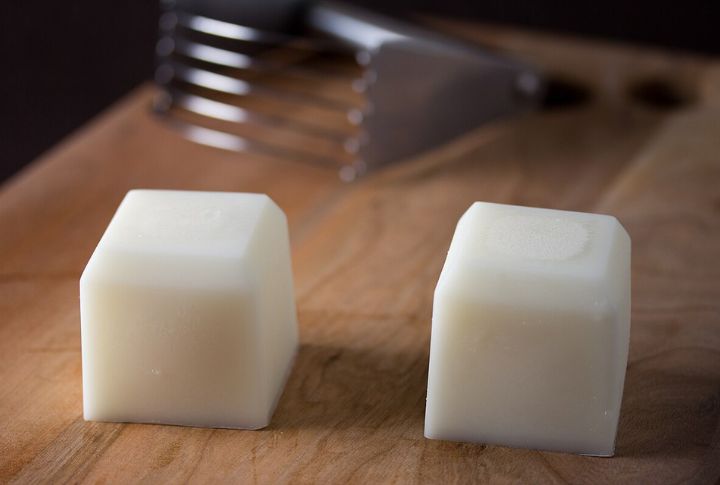
Warm weather can wreak havoc on buttercream, but shortening offers a practical solution. It has a higher melting point in comparison to butter, which makes it ideal for heat-sensitive decorations. Many cake decorators use a half-butter, half-shortening ratio to retain butter’s rich flavor so that the frosting holds up during outdoor events.
Leave a comment